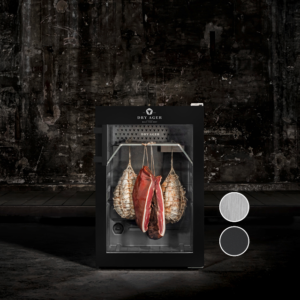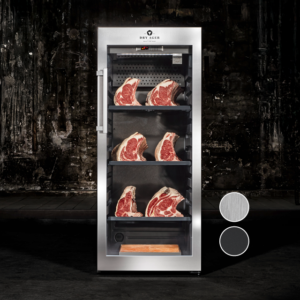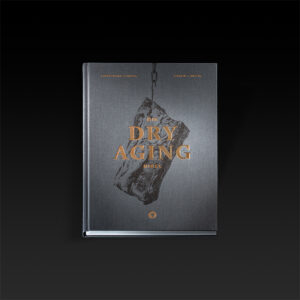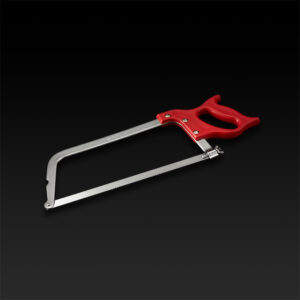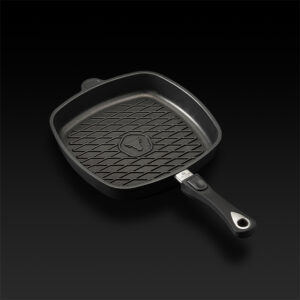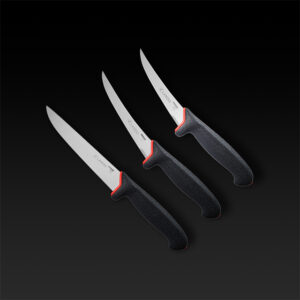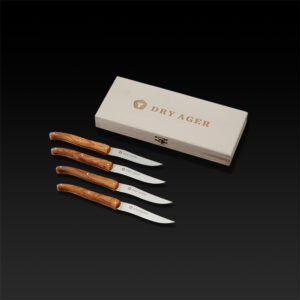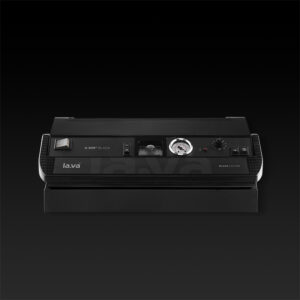Is the grill the better stove?

Potato gratin, Scorching Ribs or apple pie cook on the campfire? With the Dutch-Oven no problem. Because of the new marvel for BBQ fans. The thick-walled pot of cast iron the grill becomes the oven.
A pot conquers the world
 The Dutch-Oven is everywhere at home, where it is cooked outdoors. The Australian Shepherd call it “Camp Oven”, the French farm workers to pack to travel their “Cocotte” and in South Africa the “Potje” comes on the grill. As different as the names sound, meant is always the same: A thick-walled pan made of cast iron with a tight-fitting lid, which is used directly on the embers. The name “Dutch-Oven” become popular, particularly in English-speaking countries in the 18th century. From ibid also an Englishman named Abraham Darby brought the production of cast iron pots. He had patented the process and sold his “Dutch Oven” in England and the British colonies. The pots were popular with the settlers of the young America. On the long trips around the country, it was practical cooking, roasting and baking dishes in one. Moreover, that cast iron makes the pots particularly stable and durable – for generations to come. For the settler families of Dutch-Oven was often so valuable that it was even inherited by Testament.
The Dutch-Oven is everywhere at home, where it is cooked outdoors. The Australian Shepherd call it “Camp Oven”, the French farm workers to pack to travel their “Cocotte” and in South Africa the “Potje” comes on the grill. As different as the names sound, meant is always the same: A thick-walled pan made of cast iron with a tight-fitting lid, which is used directly on the embers. The name “Dutch-Oven” become popular, particularly in English-speaking countries in the 18th century. From ibid also an Englishman named Abraham Darby brought the production of cast iron pots. He had patented the process and sold his “Dutch Oven” in England and the British colonies. The pots were popular with the settlers of the young America. On the long trips around the country, it was practical cooking, roasting and baking dishes in one. Moreover, that cast iron makes the pots particularly stable and durable – for generations to come. For the settler families of Dutch-Oven was often so valuable that it was even inherited by Testament.
How the Dutch Oven works
The operation is simple and versatile. The cast iron is heated by placing on coals. Thus, the metal is heated evenly, and coals are placed on the lid. The Dutch Oven therefore works with top and bottom heat. This food is cooked gently without burning. Thus, the carbon remains on the lid, the edge is externally pulled high. Through the thickness of the pot, the heat is stored longer.
Many possibilities with a single pot

Applied classic in pot has the perfect conditions for baking and stews. But also for roasting meat, the Dutch Oven is good for. First, a piece of meat is stir-fired in an open pot, arise to roasting aromas. Then just leave the lid and let it continue cooking. This formulation fits the way also excellent with a delicious Dry Aged Beef.
The pots come in various sizes and shapes. Flat models own more suitable for dishes that are cooked at higher temperatures. Dutch Oven depth are ideal for stews and baked goods. The lid is also solo usable. Turning him and you have a pan. At camping, there is such a perfectly fried egg and bacon breakfast.
The perfect temperature

In the US, there is a simple rule of thumb. To generate 180 degrees, taking the size of the Dutch Ovens (in inches) and double it. This gives the required number of briquettes. For a 12-inch Dutch oven 24 briquettes are needed. The placement of briquettes depends on the contents of the pot. Depending on the meal the briquettes are specially stacked. For soups, stews and everything that should simmer 1/3 of the briquettes on the pot and 2/3 under the pot, for bakery products, it is the other way around. Here come 2/3 of the coals on the pot. When braising and roasting the briquettes are evenly distributed.
First brand, then get started
To burn the pot should be smeared with sunflower oil and leave the fire or oven at 200 degrees for about 1 hour. This creates a patina that protects the metal from moisture in the air and therefore against rust. In this case the food will not stick in the pot, but up on our plates. But in the domestic kitchen branding could lead to the fire brigade. Because it produces a lot of smoke, it is better, to brand the pot outdoors. Many manufacturers offer the pots pre-branded.
Proper care
After use, the Dutch Oven is exempt from leftovers. Only hot water is used here. Soap or detergent will destroy the branded protective patina. Then the pot is abraded and briefly air dried. Finally, apply a thin layer of oil. The Dutch Oven should never stand in the water, but can only be worn wet. Cold liquid on a hot cast iron, should be definitely avoided. The metal may break and the pot is then broken.
